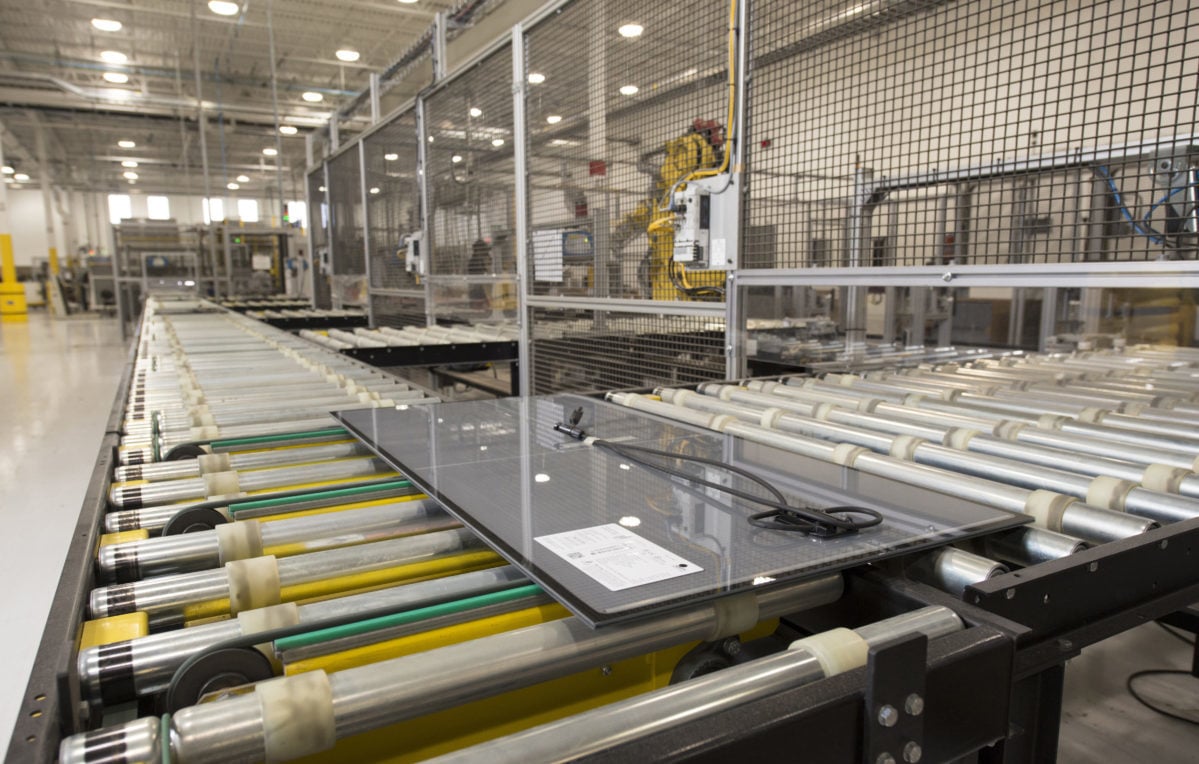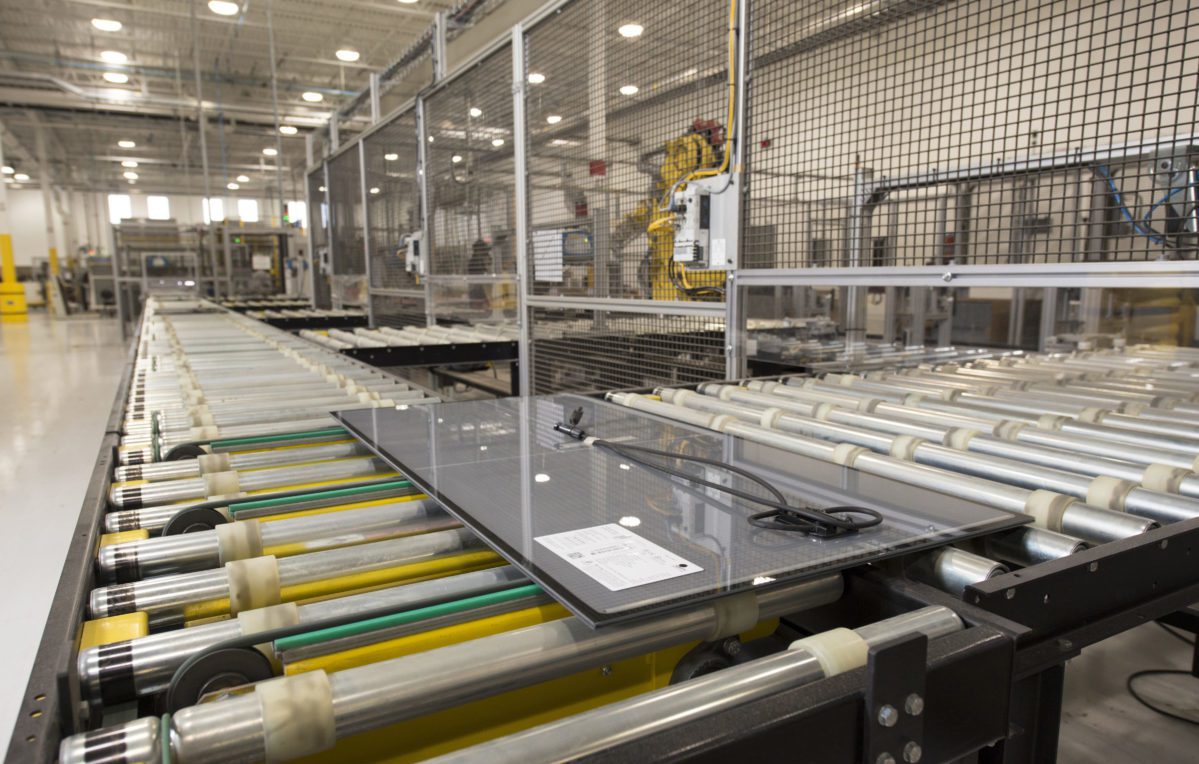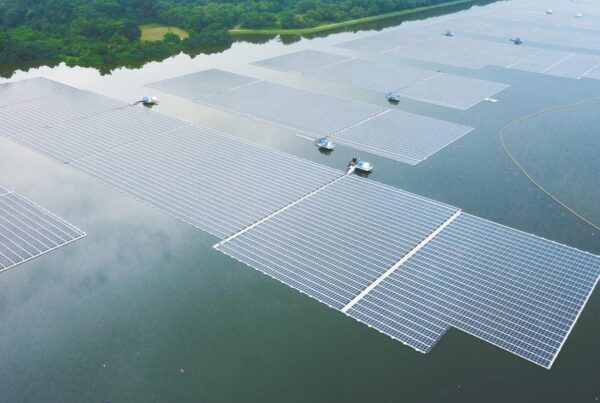
As a result, solar modules built with quantum dots could absorb a greater range of light, and convert it to electricity, potentially making such systems more efficient than others.
“With First Solar’s domain expertise and leadership position in multi-gigawatt-scale solar, we are excited to be working together on the potential to enhance panel efficiency using quantum dot technology,” said UbiQD CEO Hunter McDaniel. “If successful, this application in solar modules will be a perfect example of the broad applicability of our core technology.”
While neither company specified how the research would be conducted, nor what they expect to come from the studied, UbiQD’s work in agriculture and solar windows could point to possible uses for quantum dots in the solar sector.
The company’s flagship product, the UbiGro film, applies a layer of these dots to the rooves of greenhouses, converting ultraviolet and blue light to the red end of the light spectrum, which encourages greater plant growth.
UbiQD’s solar windows, meanwhile, use dots in the centre of the windows receive sunlight and reflect it to the edge of the window, where solar cells are located, allowing the window to generate electricity without having to connect receivers to cells with cables, an integral aspect of transparent solar generation.
Considering UbiQD’s experience in construction and ensuring solar efficiency in aspects of the built environment, further research into the application of quantum dots alongside a leading solar manufacturer could be of benefit for the building-integrated PV (BIPV) sector.
While logistical challenges have limited the implementation of BIPV systems, where buildings will often have to be designed around specialised solar modules, the potential decarbonisation benefits of expanding the BIPV sector are significant.
“The integration of BIPV solutions and nature-based strategies in city planning and design offers a unique opportunity for transforming the urban landscape into greener, more resilient, and energy-efficient spaces,” wrote architect Dr. Silke Krawietz in the latest issue of the PV Tech Power magazine.
“To realise this vision, it is essential for stakeholders from various sectors, including the building industry, finance sector, and local governments, to collaborate and develop innovative solutions that promote the adoption of BIPV and nature-based solutions.”
While First Solar has not made significant strides into BIPV, its involvement could deliver some of the collaboration Krawietz called for, and the company’s leadership is optimistic about the potential for growth alongside UbiQD.
“As we work towards developing the next generation of photovoltaics, we are exploring a range of enhancements that could allow us to convert more sunlight into energy,” said First Solar chief technology officer Markus Gloeckler. “We are interested in the potential use of quantum dots in optimising the absorption of light and look forward to continuing our work with UbiQD on exploring this possibility.”
This will be welcome news for First Solar, which today announced that it had uncovered four instances of unethical recruitment and labour practices at a facility in Malaysia.






